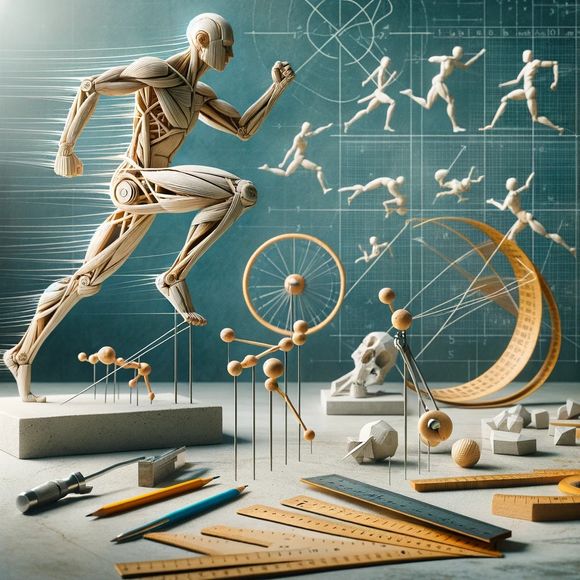Artistry meets science in the enchanting realm of paper mache sculptures, where creativity and engineering intertwine to bring fantastical forms to life. Delving into the biomechanics of these delicate yet resilient creations unveils a captivating journey of understanding stability and movement within the realm of art.
Crafting Beauty with Paper and Paste
At its core, paper mache is an art form that transcends the ordinary, transforming humble materials like paper, glue, and water into intricate masterpieces. The process begins with a simple mixture of torn paper or pulp combined with a binding agent, typically glue or flour paste. Layer by layer, the artist molds and shapes the concoction into a desired form, whether it’s a whimsical creature, a lifelike portrait, or an abstract composition.
Unveiling the Biomechanics Behind the Art
While the artistic process may seem intuitive, there’s a fascinating science behind the structural integrity and movement dynamics of paper mache sculptures. Biomechanics, the study of how living organisms move and interact with their surroundings, offers valuable insights into the mechanics of these creations.
Stability: Finding Balance in Fragility
One of the most intriguing aspects of paper mache sculptures is their ability to maintain stability despite their seemingly fragile nature. Like a ballet dancer poised on tiptoe, these sculptures achieve equilibrium through careful distribution of weight and reinforcement of structural components.
The key to stability lies in the arrangement of materials and the distribution of mass within the sculpture. Artists often employ internal armatures or support structures to provide strength and stability, much like the skeleton supports the body. By strategically placing these supports and layering the paper mache mixture, artists can create sculptures that defy gravity with grace and poise.
Movement: Breathing Life into Stillness
While paper mache sculptures may appear static at first glance, they possess a subtle quality of movement that brings them to life in the eyes of the beholder. Whether it’s the gentle sway of a tree branch or the graceful curve of a dancer’s body, movement in these sculptures is a testament to the artist’s skill in capturing the essence of motion.
Understanding the biomechanics of movement in paper mache sculptures involves a delicate balance of form and function. Artists must consider the flexibility and elasticity of the materials used, as well as the principles of kinetics and kinematics that govern motion. By carefully manipulating the shape and texture of the paper mache, artists can evoke a sense of fluidity and rhythm that mesmerizes the viewer.
The Human Touch: Bridging Art and Science
In the realm of paper mache sculptures, the human touch serves as the bridge between art and science, intuition and analysis. Artists draw upon their innate understanding of form and structure, coupled with a keen awareness of biomechanical principles, to create works that captivate the imagination and touch the soul.
As we marvel at the intricate beauty of paper mache sculptures, let us not only admire their aesthetic brilliance but also appreciate the depth of knowledge and skill that underpins their creation. In the delicate dance between artistry and biomechanics, we find a profound expression of the human spirit, where creativity knows no bounds and beauty knows no limits.
In conclusion, the biomechanics of paper mache sculptures offer a glimpse into the intersection of art and science, where imagination takes flight and innovation knows no bounds. Through a deeper understanding of stability and movement, we gain a newfound appreciation for the intricate craftsmanship and timeless beauty of these enchanting creations.
